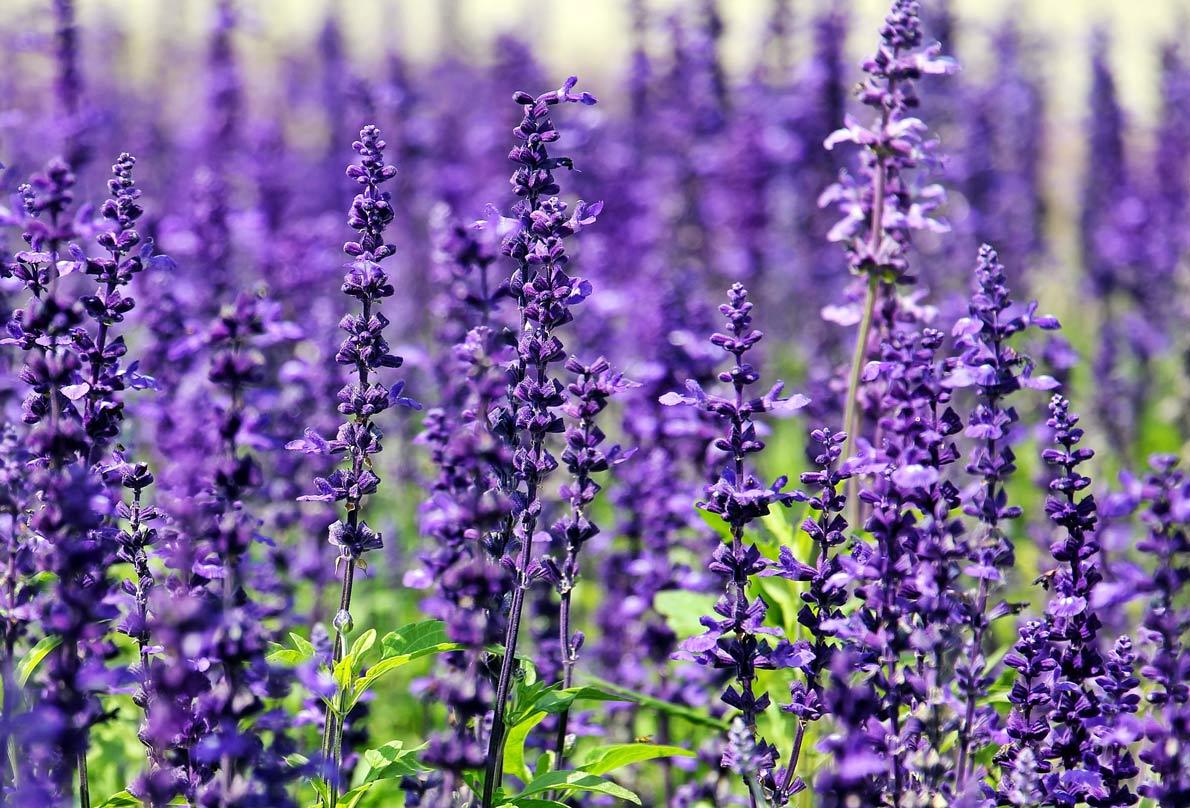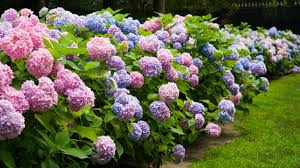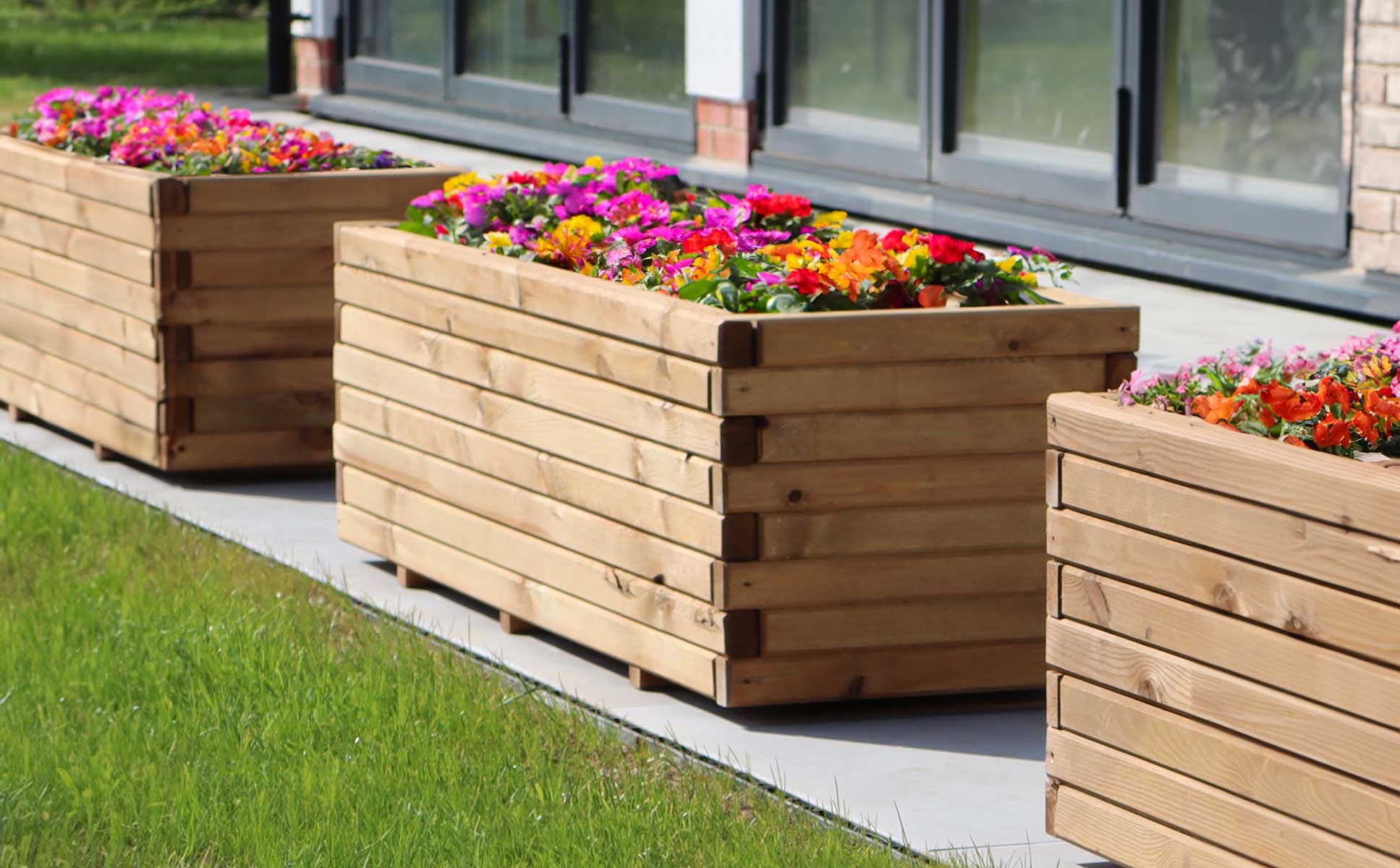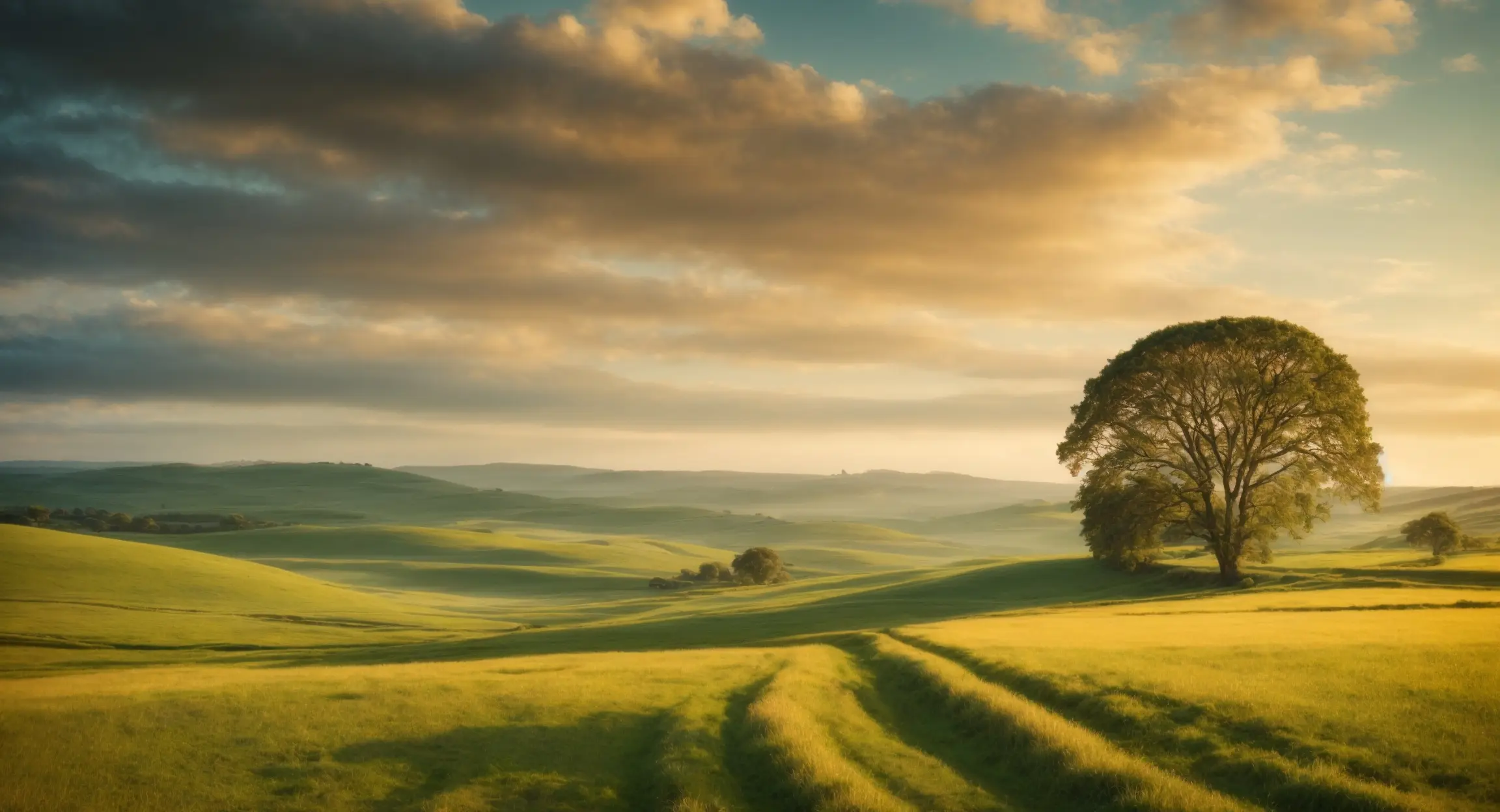Lavender, a fragrant herb with a long history of use, is celebrated for its beautiful blooms, calming aroma, and versatile applications. Its soothing properties have been utilized for centuries in various cultures, making it a popular choice for gardens, home decor, and wellness practices.
Aromatic Beauty
Lavender plants are known for their distinctive, calming scent. The small, purple flowers produce essential oils that have been prized for their therapeutic benefits. The plant’s silvery-green foliage provides a pleasant contrast to other garden plants, adding texture and visual interest.
Cultivating Lavender
Lavender is relatively easy to grow and thrives in well-drained soil and full sun. It is a hardy plant that can tolerate drought and cold temperatures. Here are some tips for growing lavender:
- Planting: Plant lavender in spring or fall, ensuring the soil is well-drained.
- Watering: Water regularly, especially during dry periods, but avoid overwatering.
- Pruning: Prune lavender plants after flowering to maintain their shape and encourage new growth.
- Harvesting: Harvest lavender flowers in the morning, when the oil content is highest.
Uses of Lavender
Lavender has a wide range of uses, including:
- Culinary: Lavender flowers can be used to flavor desserts, teas, and syrups.
- Aromatherapy: Lavender essential oil is commonly used in aromatherapy to promote relaxation and reduce stress.
- Potpourri: Dried lavender flowers can be used to create fragrant potpourri.
- Home Decor: Lavender can be used in dried flower arrangements, wreaths, and other decorative items.
- Skincare: Lavender essential oil is often used in skincare products to soothe skin irritations and promote healing.
By adding lavender to your garden or home, you can enjoy its beauty and therapeutic benefits. Whether you’re seeking a calming aroma, a natural remedy, or a decorative element, lavender is a versatile plant that can enrich your life.



